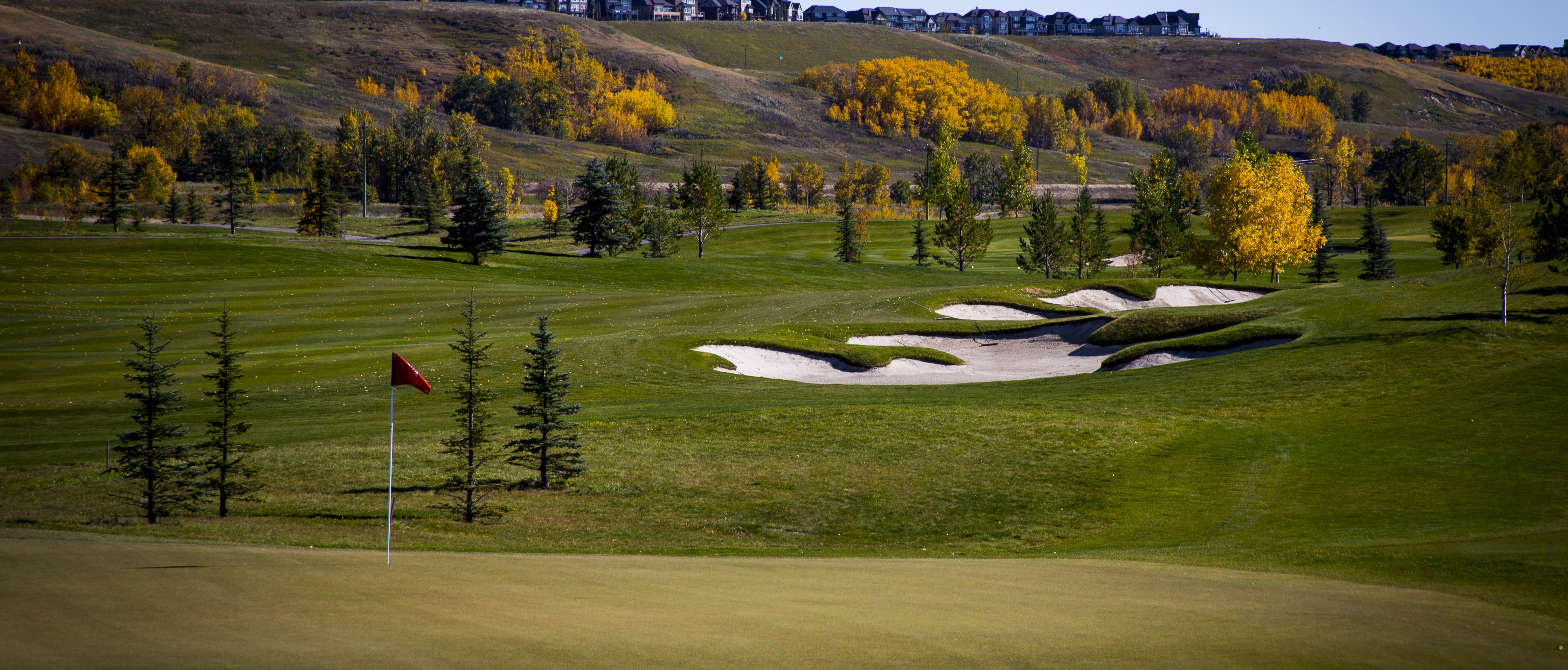Step 1
Assume you’re ready position discussed last week position; begin the swing by turning your shoulders into your backswing until your hands are about waist high. Your elbows shouldn't bend and you shouldn't lift your hands; the forward tilt of your spine will cause your hands to move slightly upward on a plane. This movement is called a one-piece takeaway and most professional golfers make it to start their swings.
Step 2
Starting at the waist-high backswing position, swing the club down through the ball position to a waist-high finish (a half-swing). Again, your arms should remain in roughly the same position they were at address. This means both triceps remain lightly against your chest throughout this half-swing, which keeps your trail elbow near your side.
Step 3
Stretch this short "takeaway swing" by letting your trail elbow bend on the backswing; this bend will automatically cause your wrists to cock. You should be able to lengthen this swing until your lead arm is nearly parallel to the ground without losing the connection between your tricep and chest. Your hands will be just below shoulder level.
Step 4
Swing the club from your shoulder-high backswing position to a shoulder-high finish position. Your trail elbow remains bent until your hands drop below waist level. At that point it straightens and remains straight for the rest of your swing; your lead elbow will bend as you reach your shoulder-high finish. This mirrors your backswing, just as you did with the shorter swing. Again, both triceps will remain connected to your chest throughout this three-quarter swing.
Step 5
Practice swinging the club back and forth between these new positions.
Step 6
Let your trail elbow move away from your side slightly at the top of your backswing position; this will increase your elbow bend slightly and your tricep will move slightly away from your chest. You don't want to move your elbow much; your hands should move no higher than your ear.
Step 7
Start your downswing by dropping your tricep back into its connected position against your chest. Your elbow is now tucked and still bent, allowing your hands to drop down without making your wrists uncock early.
Step 8
Keep both triceps lightly connected to your chest as you continue your downswing. When your hands drop below waist level, your right elbow – still tucked because your tricep is connected – straightens, causing your wrists to uncock as the clubhead reaches the ball position.
Step 9
Swing to your finish position. Let your lead elbow bend as your lead tricep "disconnects," so that your hands move to an ear-high finish. Because your trail tricep remains lightly connected against your chest, your trail elbow will remain straight during your followthrough.
Tips
• A one-piece takeaway helps put your arms on the correct plane early in your swing. It also helps you eliminate an over-the-top swing, which is caused because your arms get too far under the plane on your backswing. try your new swing at http://www.bluedevilgolf.com

